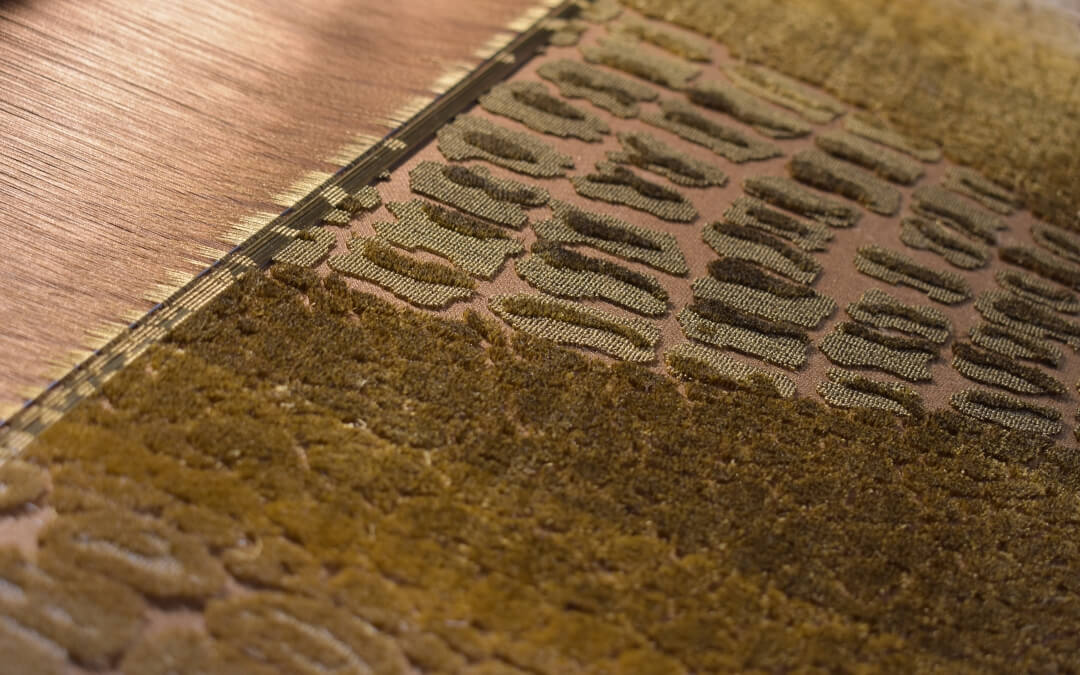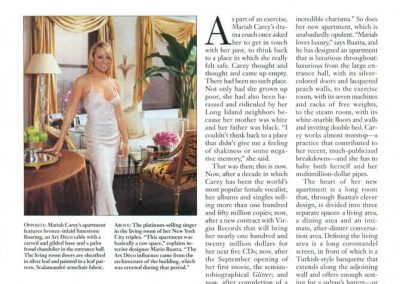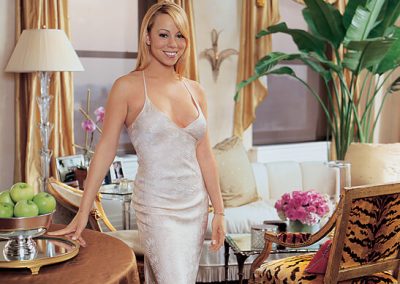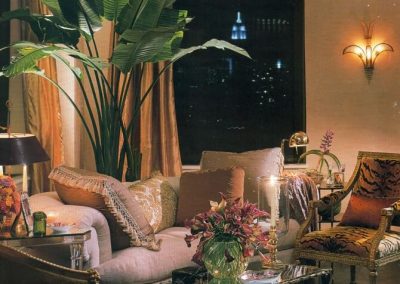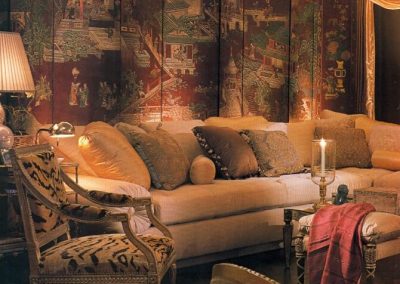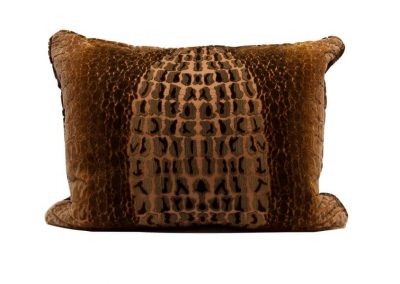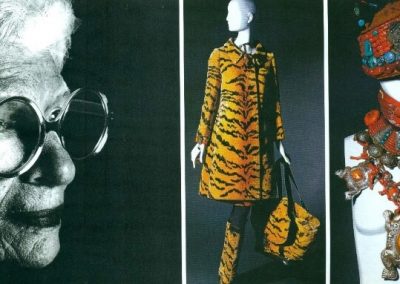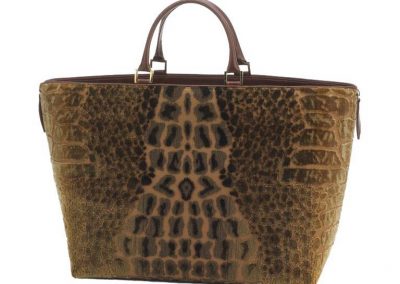Animalier prints have become a classic in both clothing and furnishing and always give a touch of character and liveliness. A bit like the little black dress, women’s passepartout, they never go out of fashion. We have already discussed their history and use in interior design, but we would like to explain why they are so unique among our manual production.
Why choose a handmade animalier velvet?
The animalier range is very wide, with decorative motifs that reproduce the wonderful designs that nature has endowed animals with, to be able to hide or camouflage in their environment: zebra, tiger, leopard, python, crocodile, and turtle. Unlike their purpose in nature, the animal patterns in furnishing become a way to put an accent, an element that must be noticed and that alone is able to enhance an entire room.
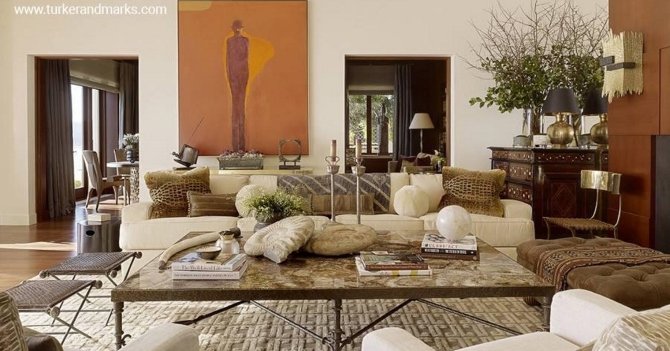
Photo: interior with coccodrillo cushions Tucker and Marks
But besides the indisputable aesthetic beauty of these decorative motifs, its combination with the characteristics of manual velvets, makes choosing this fabric more sought after compared to an animalier version made with a mechanical loom.
Characteristics that help to recognize this precious fabric and make it unique. For example, did you know that the width of a manual fabric does not exceed 67cm (which corresponds roughly to the length of an arm)? This is for a very practical reason: in the production of handmade velvet, the weaver must continuously cut the silk threads that will form the pile throughout the width of the fabric with a very sharp arm movement. If this width exceeded the length of her arm, the cut couldn’t be clean and precise.
And again, the soprarizzo velvet, the most elaborate among rich velvets, needs a more complex manufacture, achieved through the union of the cut velvet at the top, which defines the pattern, and the curly velvet at the bottom, which defines the borders. This process embellishes the design with its three-dimensionality and, above all, allows the light to reflect on the two types of velvet in a different way, creating extraordinary effects of light and dark and depth.
The handmade velvet process is so complex that it requires weavers with a great deal of training and experience: it takes years to master this art. Despite their great skill, the pressure they put on the loom while weaving can be slightly different from one day to another and on the same day, with the result that the fabric will have small differences in the design and small imperfections that make it a unique piece.
A process with ancient, slow rhythms of a few tenths of centimeters a day and time consuming, because it also involves the preparation of the manual loom, which requires from two to three weavers, for periods of up to six months. In fact, it starts from a drawing that is reproduced on graph paper to create the punched cards that are the basis for the functioning of a jacquard loom.
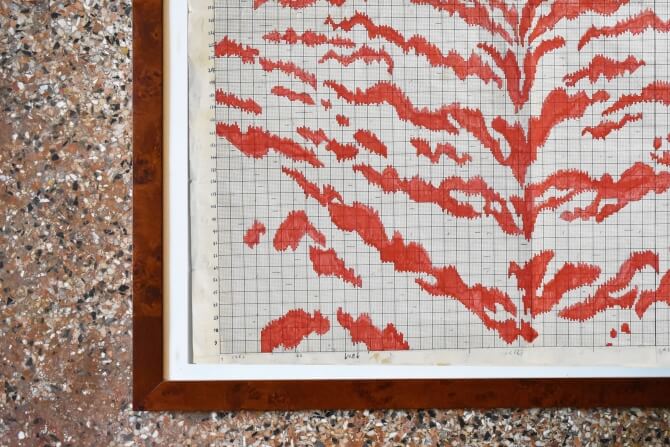
Photo: Tigre drawing on graph paper
These are just some of the characteristics that make the handmade animalier fabrics, not only a product that is undoubtedly aesthetically beautiful, but also of great artistic and craft value. Just as the furnishings that are made from them, such as decorative cushions, they are a unique and precious artifact because they are the expression of centuries of history, techniques, craftmanship and art that have been handed down over time and that are a heritage of knowledge.
Photo credits: Scott Frances

